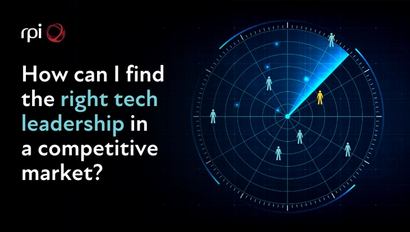As technology advances, it is changing telco offerings, business models, and customer relationships for good. Things that are cutting-edge now will soon be relatively mundane, and the innovation race is as close-run as ever. If any operator does manage to pull ahead in the speed, coverage, capability, or reliability of its offering, it won’t stay in front for long.
The constant evolution of the tech landscape will mean that the telco-consumer relationship as we know it will undergo deep and constant changes. Here are some of the areas that are set for the most fundamental alterations.
Packages and contracts
The most common model for customers’ relationships with telcos has been through a holistic contract — either a rolling monthly agreement or a longer-term commitment of24 months, with a package that provides every element of a mobile service. The eSIMwill likely end that model.
The SIM is seeing its final days as an inserted card, and is about to begin life as a permanent chip within a handset. However, when the SIMis no longer interchangeable, the services it carries will become more so. This new programmable SIM will mean that it’s easy for customers to take a pick-and-mix approach to their services, rather than buying everything from one operator. Instead of one telco selling comprehensive mobile packages, each individual service will be available à la carte, and will have to stand on its own merit.
It also means more points of competition between carriers, which is of course a challenge, but also an opportunity — 91% of customers show greater loyalty to providers who can offer tailored packages.
Touchpoints and connections
The number of devices and functions involved in the telco-consumer relationship is creeping upwards. Starting with mobile phones, expanding to tablets, and now featuring things like smartwatches, security cameras, and even people’s fridges, the acceleration of the Internet of Things (IoT) is about to spark an exponential increase in connected devices, and consumers will place heavy burdens on telcos, both in their trust and in their expectations.
There could be 73.1 Zettabytes (73.1 trillion gigabytes) of data generated by IoT devices by 2025. As more and more devices join that network and more of our lives are built around them, reliability will be absolutely crucial, as any outages or slowdowns could be devastating to consumer productivity, convenience, and satisfaction.
There is also the matter of security. If IoT devices are going to be inextricable from our daily lives, the data they exchange will be very broad and extremely intimate. Security breaches will therefore be even more damaging to the relationship that operators share with their customers.
Expectations
If yesterday’s cutting-edge is today’s minimum acceptable standard, then the pace of innovation means expectations will become very great, very quickly.
Consumers are accustomed to fast, reliable coverage, especially the digitally native generations like younger Millennials and Generation Z. Competing telcos keep setting the bar higher and higher, and consumer tolerance is only going to decrease.
On top of speed and network quality, personalisation can and must be an area of constant improvement. With so much data available currently and in the near future, telco customers will expect a truly individual experience, with offerings, communication, and support tailored to them. Perhaps ironically, some may also resent how much data telcos have, or the way they use it, finding it creepy or intrusive. Part of providing an individualised experience will be knowing when and for whom ultra-personalisation is not appropriate.
Now, with all the accelerating capabilities and expectations, telcos will need new methods to deliver on the promises of all the new technology. Edge computing is one way to do that. Very briefly, edge computing processes data as close to the source as possible, which reduces network congestion and latency, and as a result increases processing speed. Solutions like that will be key to maintaining high-performing networks.
Environment and sustainability
Consumers are sensitive to the impact of their choices on the environment (again, especially younger generations). They will hold all businesses accountable for the impact of their operations, both through public criticism and through their choice of provider.
At the same time, new technology consumes more power and creates a larger carbon footprint. For example, 5G towers use about 70% more energy than 4G towers. The most immediately available solution is transparency. Telcos can achieve a lot with frank communication about the realities of innovative services, a sincere commitment to mitigating environmental harm, and a thorough explanation of the steps they are taking and intend to take.
Maintaining and managing a changing relationship with your customer
The relationship that telcos share with their customers is a fragile and sensitive one, which, like many, is built on trust that can be undermined. What’s more, when the parties involved are changing, along with their expectations and priorities, the relationship requires a lot of effort and sensitivity to maintain.
There’s a complex mix of commercial and emotional drivers at play, and navigating those takes a rare combination of skills. You can imagine — and may have seen first-hand — how difficult it is to secure those skills. That’s where a search partner becomes crucial. Industry experts like RPI draw not only on a deep industry heritage, but also on an astonishing network of candidates — we’re uniquely placed to find the talent that telcos need, and place them into the businesses where they’ll make a transformative difference.
To secure the experts and innovators that you need, get in touch today: people@rpint.com



